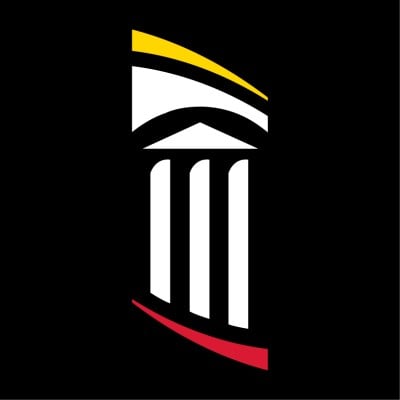
University of Maryland Medical System
The University of Maryland Medical System (UMMS) was created in 1984 when the state-owned University Hospital became a private, nonprofit organization. It has evolved into a multi-hospital system with academic, community and specialty service missions reaching every part of the state and beyond. UMMS is a national and regional referral center for trauma, cancer care, neurocare, cardiac care, women's and children's health and physical rehabilitation. It also has one of the world's largest kidney transplant programs, as well as scores of other programs that improve the physical and mental health of thousands of people daily. The hospitals and health systems that comprise UMMS are: University of Maryland Medical Center University of Maryland Medical Center Midtown Campus UM Rehabilitation and Orthopaedic Institute UM Baltimore Washington Medical Center UM Capital Region Health UM Charles Regional Medical Center UM St. Joseph Medical Center UM Upper Chesapeake Health UM Shore Regional Health Mt. Washington Pediatric Hospital UM Community Medical Group






